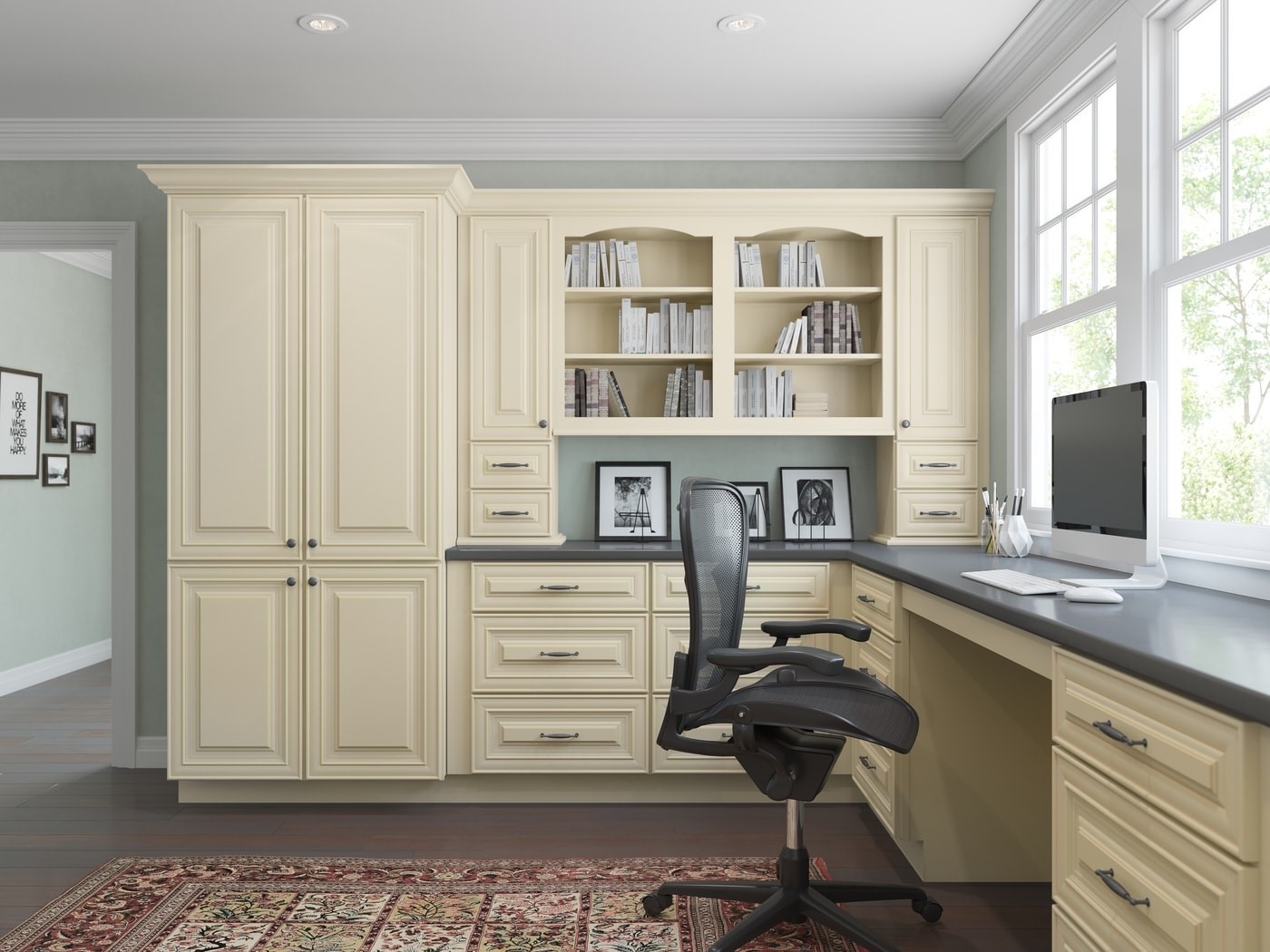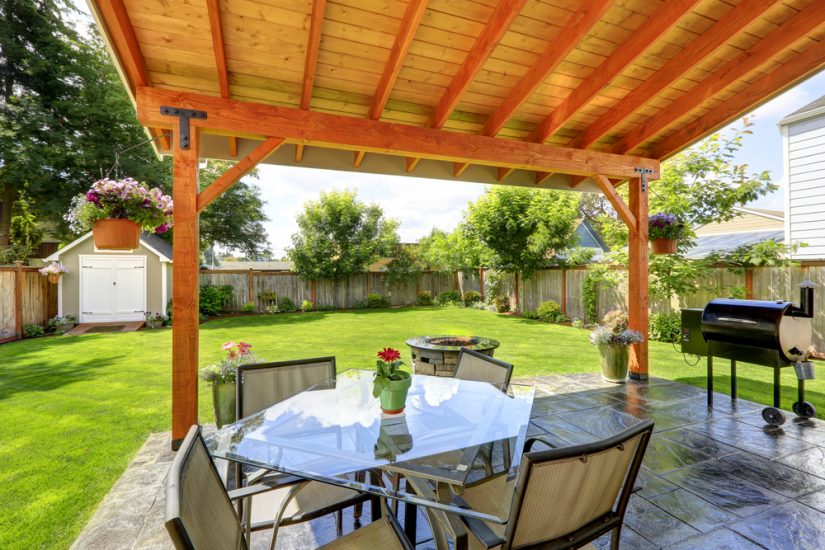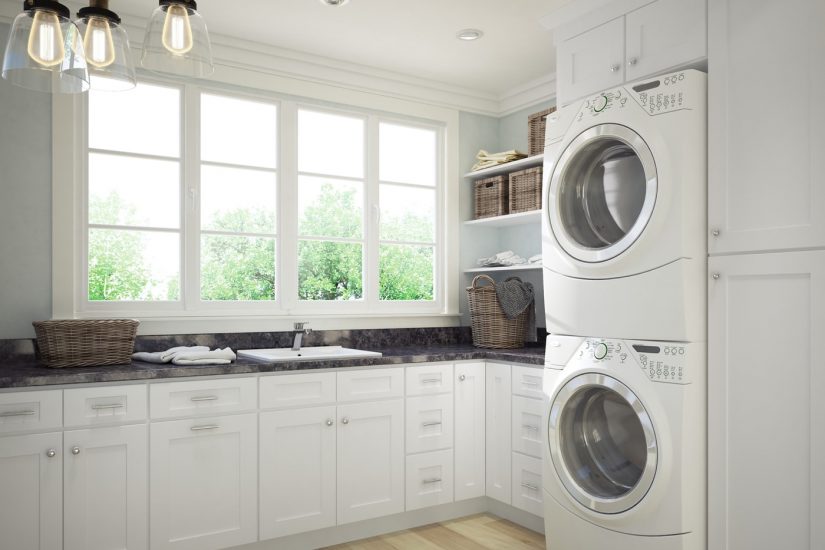Whether you run a business and utilize your home office every day, work out of it now and then when telecommuting or solely use it to pay bills and plan out your schedule, a home office should combine comfort, function and style. No matter what your design preference is—whether modern, retro, artistic or minimalist—you’ll be able to create a work environment that you love being in and that enhances productivity by following our home office setup ideas below.
#1: Choose the Right Chair and Desk
A comfortable, adjustable chair and a desk with a flexible height are two furniture must-haves for a home office. These two pieces of furniture are so important for your overall comfort and productivity that you’ll want to take your time to do your research before making an impulsive purchase.
It’s essential to test out a chair first by sitting in it for a while, so you should avoid buying one right off the shelf or online. Ideally, an office chair should move 360 degrees, provide lumbar support, armrests, adjustable seat height and allow for rocking and bouncing. A desk with a height you can adjust to become a standing desk is also important, as fixed-height desks tend to lead to back pain over time.
#2: Organize Horizontally and Vertically
Regardless of the size of your home office, you’ll want to organize this space for maximum efficiency with a combination of vertical and horizontal storage solutions, including shelving, file folders, baskets and home office cabinets.
If you thrive working with a clear desk, place papers, office supplies and decorative accessories on floating shelves on the wall and keep only important papers in vertical file folders on your desk for easy reach. If you tend to make paper piles, get a basket to contain your mail, notes and random papers or keep them in one specific drawer in your desk. Use office cabinetry for horizontal storage to hold essential office equipment, reading materials and other resources.
#3: Don’t Skimp on Lighting
To minimize sleepiness and avoid eye strain, your office will need to have plenty of light. Natural lighting is ideal, so try to arrange your furniture to take advantage of the natural light coming in through the windows. You’ll also want to design your home office with lighting that supplements the natural light, creating optimal lighting for both day and night.
Start with a ceiling light to establish the base lighting level in the room and provide a decorative touch, such as a simple fixture that mounts to the ceiling or a sleek pendant light. Keep a small lamp on your desk for task lighting and, if you want additional light, place table lamps and/or floor lamps where needed.




